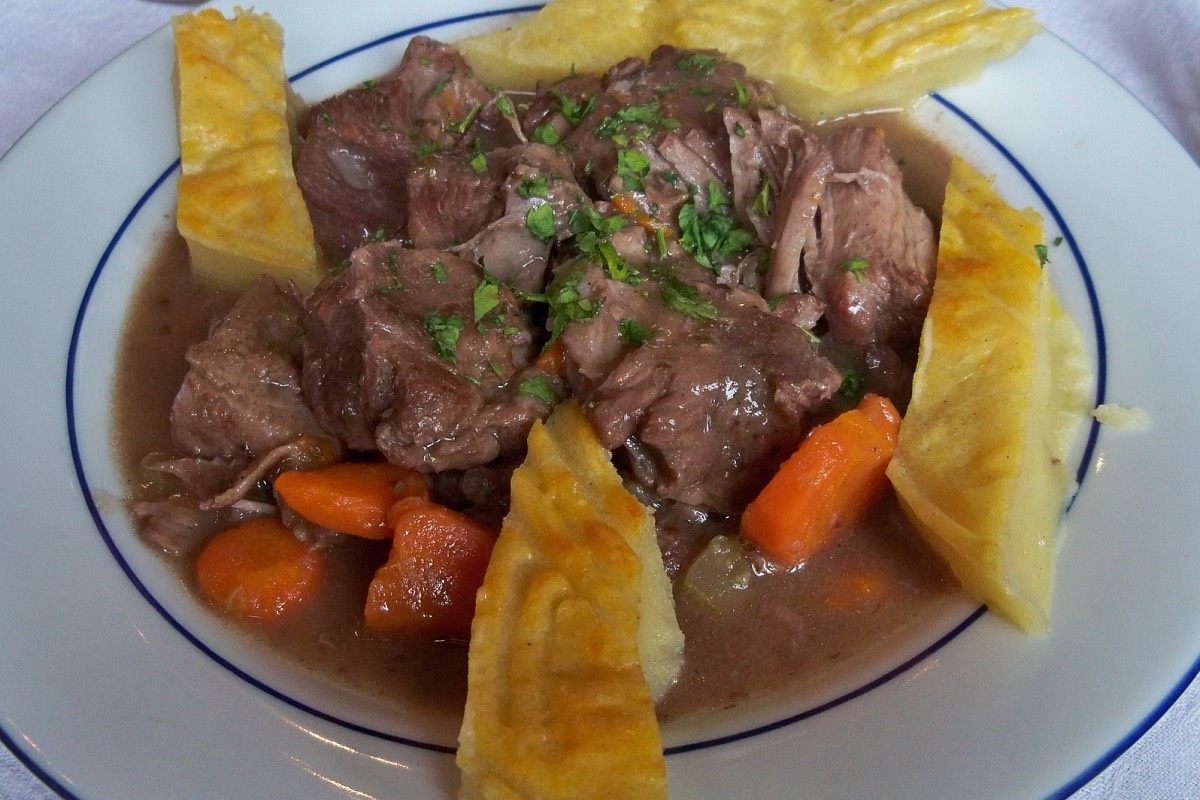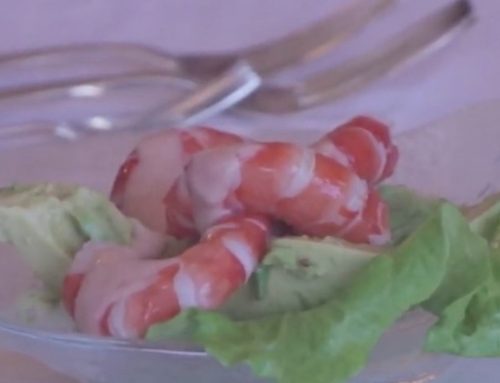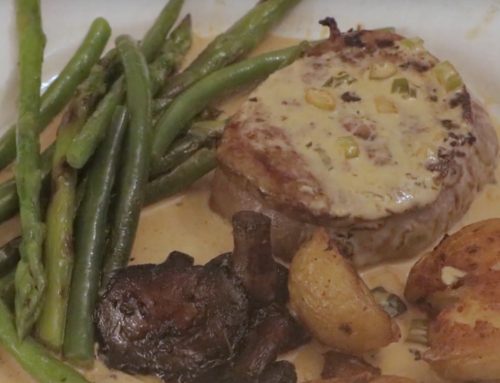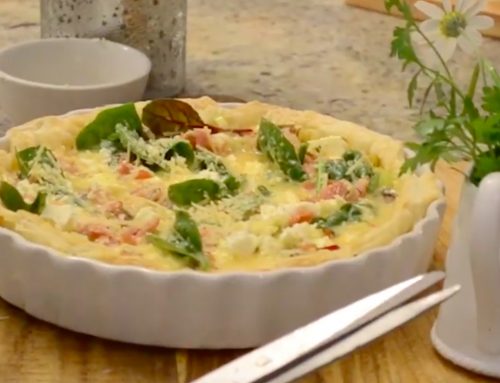Portrait of a recipe
Stella Prize winner Charlotte Wood is, to all accounts, an excellent cook and her latest book Love & Hunger: thoughts on the gift of food; is full of recipes – one whole chapter is devoted to pastry.
Charlotte says she cut her teeth on Elizabeth David’s cookbooks after learning about them one day at a friend’s dinner party.
“That day … I suddenly saw how creativity and cooking were completely connected,” says Charlotte. And the rest, as they say, is history.
For those who don’t know about British cookery writer Elizabeth David (26 December 1913 – 22 May 1992), she was a rebel and a trailblazer who lived an amazing life and her biography alone is worth a read.
Having travelled widely, she was dismayed by the bad food in Britain (as were most of the Brits), and she set about educating British palates. Her recipes called for Mediterranean ingredients: eggplant, basil, figs, garlic, olive oil and saffron; and she graduated from writing magazine articles to publishing several books.
She is considered a British icon and is widely loved and respected by her nation’s chefs nearly 30 years after her death. The media regularly asks celebrity chefs to name their favourite Elizabeth David meal. It turns out that the Daube de Boeuf Provencale mentioned by Charlotte Wood just happens to be Rick Stein’s favourite Elizabeth David recipe.
We’ve tracked it down and replicated it below.
As an aside, Britain’s reputation for poor food stems, in part, to the industrial revolution when it was fashionable for the rising middle class to hire cooks. Unfortunately, many of the cooks were drawn from the working class with poor knowledge of food and nutrition.
Ingredients
Method
Add the olive oil, bacon, vegetables and half the pork rinds to a large casserole. Arrange the beef carefully on top, so the slices are overlapping each other.
Flatten the garlic cloves and bury them beneath the meat. Insert the orange peel and bay leaf into the centre of the thyme bouquet and place beneath the meat. Season and arrange the rest of the pork rinds over the top.
With the pan uncovered on top of the stove, start cooking on a moderate heat.
Preheat the oven to 140C/275F/gas mark 1.
After about 10 minutes, put the wine into another saucepan, bring it to a fast boil, set light to the vapours and rotate the pan so that the flames spread. When they have died down, pour the bubbling wine over the meat.
Cover the pot with greaseproof paper or foil and a well-fitting lid. Transfer to the oven and leave for 2½ hours.
Arrange the meat on a hot dish, pour off some of the fat from the sauce, extract the bouquet and pour the sauce around the meat.
A garnish of finely chopped garlic and parsley, with perhaps an anchovy and a few capers, can be sprinkled over the top.
Some Philistines include vegetables such as carrots and peas.
Image Credit: By Véronique PAGNIER [GFDL (http://www.gnu.org/copyleft/fdl.html) or CC BY-SA 3.0 (https://creativecommons.org/licenses/by-sa/3.0)], from Wikimedia Commons






